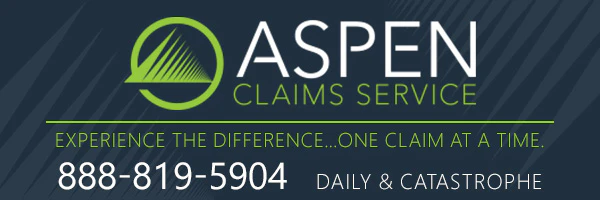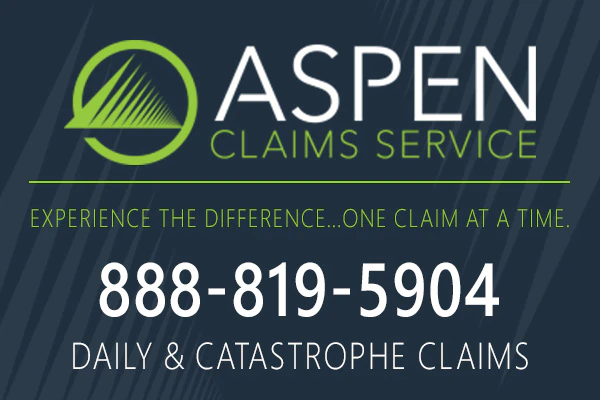
Understanding the Role of Regulatory Agencies in Shaping Liability Claims
Thursday, May 30th, 2024 Claims Pages Staff Adapting to a Changing Legal Landscape in Liability ClaimsRegulatory agencies are essential in establishing the standards and guidelines that govern liability claims. These bodies ensure that claims are handled fairly, transparently, and in compliance with the law. Understanding the role of these agencies and how to navigate their regulations is crucial for effective claims management. This article explores the influence of key regulatory bodies on liability claims, providing practical insights to help you align your practices with regulatory expectations.
The Role of Regulatory Agencies
Regulatory agencies are responsible for creating and enforcing rules that govern various industries, including insurance and liability claims. Their primary goals are to protect consumers, ensure fair practices, and maintain the integrity of the market. By setting standards and monitoring compliance, these agencies help to shape the processes and practices involved in managing liability claims.
Key Regulatory Agencies
Several key regulatory bodies play a significant role in shaping liability claims practices. Understanding the influence of these agencies is essential for staying compliant and optimizing claims management.
1. The National Association of Insurance Commissioners (NAIC)
The NAIC is a standard-setting and regulatory support organization created and governed by the chief insurance regulators from all 50 states, the District of Columbia, and five U.S. territories. The NAIC's primary mission is to protect consumers and ensure the financial stability of the insurance industry.
- Model Laws and Regulations:
The NAIC develops model laws and regulations that states can adopt to ensure uniformity and consistency in insurance practices.
- Data Collection and Analysis:
The NAIC collects and analyzes data to monitor the financial health of insurance companies and identify emerging trends and risks.
- Consumer Protection:
The NAIC provides resources and tools to help consumers understand their rights and make informed decisions about insurance products.
2. The Financial Industry Regulatory Authority (FINRA)
FINRA is a non-governmental organization that regulates member brokerage firms and exchange markets. While its primary focus is on securities firms, FINRA's rules and regulations can impact liability claims, particularly those related to investment and financial products.
- Enforcement of Rules:
FINRA enforces rules and regulations to ensure fair practices and protect investors from fraudulent activities.
- Dispute Resolution:
FINRA offers arbitration and mediation services to resolve disputes between investors and brokerage firms.
- Education and Resources:
FINRA provides educational resources to help investors understand their rights and responsibilities.
3. The Consumer Financial Protection Bureau (CFPB)
The CFPB is a federal agency that oversees financial products and services, including mortgages, credit cards, and loans. The CFPB's regulations can impact liability claims related to consumer financial products.
- Rulemaking:
The CFPB develops rules and guidelines to ensure fair practices and protect consumers from unfair, deceptive, or abusive acts.
- Supervision and Enforcement:
The CFPB supervises financial institutions and enforces compliance with consumer protection laws.
- Consumer Education:
The CFPB provides tools and resources to help consumers make informed financial decisions.
4. The Occupational Safety and Health Administration (OSHA)
OSHA is a federal agency that regulates workplace safety and health. OSHA's regulations can impact liability claims related to workplace injuries and occupational hazards.
- Setting Standards:
OSHA sets and enforces standards to ensure safe and healthy working conditions for employees.
- Inspections and Investigations:
OSHA conducts inspections and investigations to ensure compliance with safety standards.
- Training and Education:
OSHA provides training and education programs to help employers and employees understand and comply with safety requirements.
Navigating Regulatory Guidelines
Effectively navigating the guidelines set by regulatory agencies requires a proactive and informed approach. Here are some practical tips for staying compliant and leveraging regulatory insights to improve your claims practices:
1. Stay Informed
Keeping up-to-date with the latest regulations and guidelines is essential for compliance. Subscribe to industry newsletters, attend webinars and conferences, and join professional associations to stay informed about regulatory changes and developments.
- Regulatory Websites:
Regularly visit the websites of key regulatory agencies for updates and resources.
- Industry Publications:
Subscribe to industry publications that provide insights and analysis on regulatory trends and issues.
- Professional Networks:
Join professional networks and associations to exchange knowledge and best practices with peers.
2. Implement Robust Compliance Programs
Developing and implementing robust compliance programs is crucial for ensuring adherence to regulatory guidelines. These programs should include clear policies and procedures, regular training, and ongoing monitoring and evaluation.
- Policies and Procedures:
Develop comprehensive policies and procedures that align with regulatory requirements and best practices.
- Training and Education:
Provide regular training and education to employees on regulatory compliance and ethical conduct.
- Monitoring and Auditing:
Implement monitoring and auditing processes to ensure compliance and identify areas for improvement.
3. Engage with Regulatory Agencies
Building positive relationships with regulatory agencies can provide valuable insights and support for your compliance efforts. Engage with regulators through industry forums, consultations, and direct communication.
- Industry Forums:
Participate in industry forums and discussions to stay informed about regulatory developments and share your perspectives.
- Regulatory Consultations:
Respond to regulatory consultations and provide feedback on proposed rules and guidelines.
- Direct Communication:
Establish direct lines of communication with regulatory agencies to seek guidance and clarification on compliance issues.
4. Leverage Technology
Technology can play a significant role in managing compliance and navigating regulatory guidelines. Implement compliance management software, data analytics tools, and other technology solutions to streamline compliance processes and enhance accuracy.
- Compliance Management Software:
Use compliance management software to track and document compliance activities, manage regulatory requirements, and generate reports.
- Data Analytics:
Utilize data analytics tools to monitor compliance, identify trends, and detect potential issues.
- Automated Monitoring:
Implement automated monitoring systems to detect and respond to compliance violations in real-time.
5. Conduct Regular Reviews and Audits
Regular reviews and audits are essential for ensuring ongoing compliance and identifying areas for improvement. Conduct internal and external audits to assess your compliance program and make necessary adjustments.
- Internal Audits:
Conduct regular internal audits to evaluate the effectiveness of your compliance program and identify potential risks.
- External Audits:
Engage external auditors to provide an independent assessment of your compliance efforts and offer recommendations for improvement.
- Continuous Improvement:
Use the findings from audits to continuously improve your compliance program and address any identified gaps or weaknesses.
Conclusion
Regulatory agencies play a critical role in shaping liability claims practices by establishing and enforcing guidelines that ensure fairness, transparency, and compliance. By understanding the influence of key regulatory bodies and implementing proactive strategies to navigate their guidelines, claims professionals can enhance their claims management practices and reduce liability exposure. Staying informed, implementing robust compliance programs, engaging with regulatory agencies, leveraging technology, and conducting regular reviews and audits are essential steps in effectively navigating the regulatory landscape. Embracing these practices not only ensures compliance but also supports better decision-making and improved outcomes in liability claims management.
Expand your expertise in liability claims management with our insightful series on "Adapting to a Changing Legal Landscape in Liability Claims." Each article in this series provides an in-depth look at the legal changes and strategies essential for navigating the complexities of liability claims. From understanding new regulations to implementing best practices in compliance, our series offers comprehensive guidance on adapting to the legal transformations in the insurance industry. Stay ahead of the curve and ensure your professional practice remains robust in the face of legal evolution.

